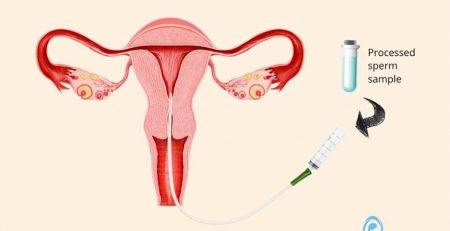What determines the success rate of an IVF clinic?
The success rate is a key indicator of the quality and standard of an IVF clinic. It tells us how well the outcome of IVF treatment is and the chances of achieving a clinical pregnancy at the fertility clinic. By understanding the factors contributing to the IVF success rate, interested couples can choose the most suitable fertility clinic that meets their needs better.
The IVF success rate is determined by a number of factors. These factors can affect the success rate including but not limited to:

1. Maternal age
The age of women at the time of oocyte retrieval makes a significant difference due to the oocyte quality. In general, egg quality decreases with age. Thus, the success rate tends to decrease in women above the age of 40 due to lower ovarian reserve and egg quality.
2. Weight
There are studies that show lower IVF treatment outcomes in obese women. As obesity affects ovulation, the effectiveness of IVF treatment can be reduced due to the poor ovarian response. IVF treatment can even be cancelled if there is insufficient number of follicles for OPU.
3. Gamete quality
The success of IVF treatment and embryo transfer depends on the quality of the gametes. Gametes are reproductive cells such as egg cells (oocytes) and sperm. The fertilisability of oocytes and the ability for subsequent development are dependent on the maturity of oocytes and quality of oocytes and sperms. Good quality gametes may result in better development of embryos that have higher success outcome in embryo transfer (ET).
4. Infertility diagnosis
The cause of infertility has impact on the outcome of IVF treatment. Infertility can affect both men and women. The cause of infertility can be due to male infertility, female infertility or combination of both. Infertility diagnosis such as severe oligoasthenoteratozoospermia (poor sperm quality with low sperm count, low mortility and poor morphology) in male factor and blocked fallopian tubes in females have different impacts on success rates. Couples having normal egg and sperm quality with blocked fallopian tubes tend to have higher IVF success rate than couples with male factor such as severe OATs. Even though success rate may be lower for some infertility diagnoses, it is still possible to achieve a pregnancy through IVF.
5. Number of embryos transferred
In many cases, only 1 embryo will be transferred into the uterus. Sometimes, chances of successful implantation can be increased by transferring 2 embryos for women with multiple failed attempts. Although transferring 2 embryos each time may have a higher chance of success, the couple must understand the risk of multiple pregnancies.
Our IVF success rate at Alpha:
The pregnancy and clinical pregnancy rates per frozen embryo transfer for the period between January 2020 to December 2021 at Alpha IVF Centre were calculated. The rates were based on frozen cycles where blastocysts (advanced embryos) were warmed and transferred.











